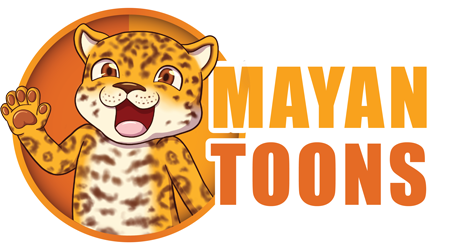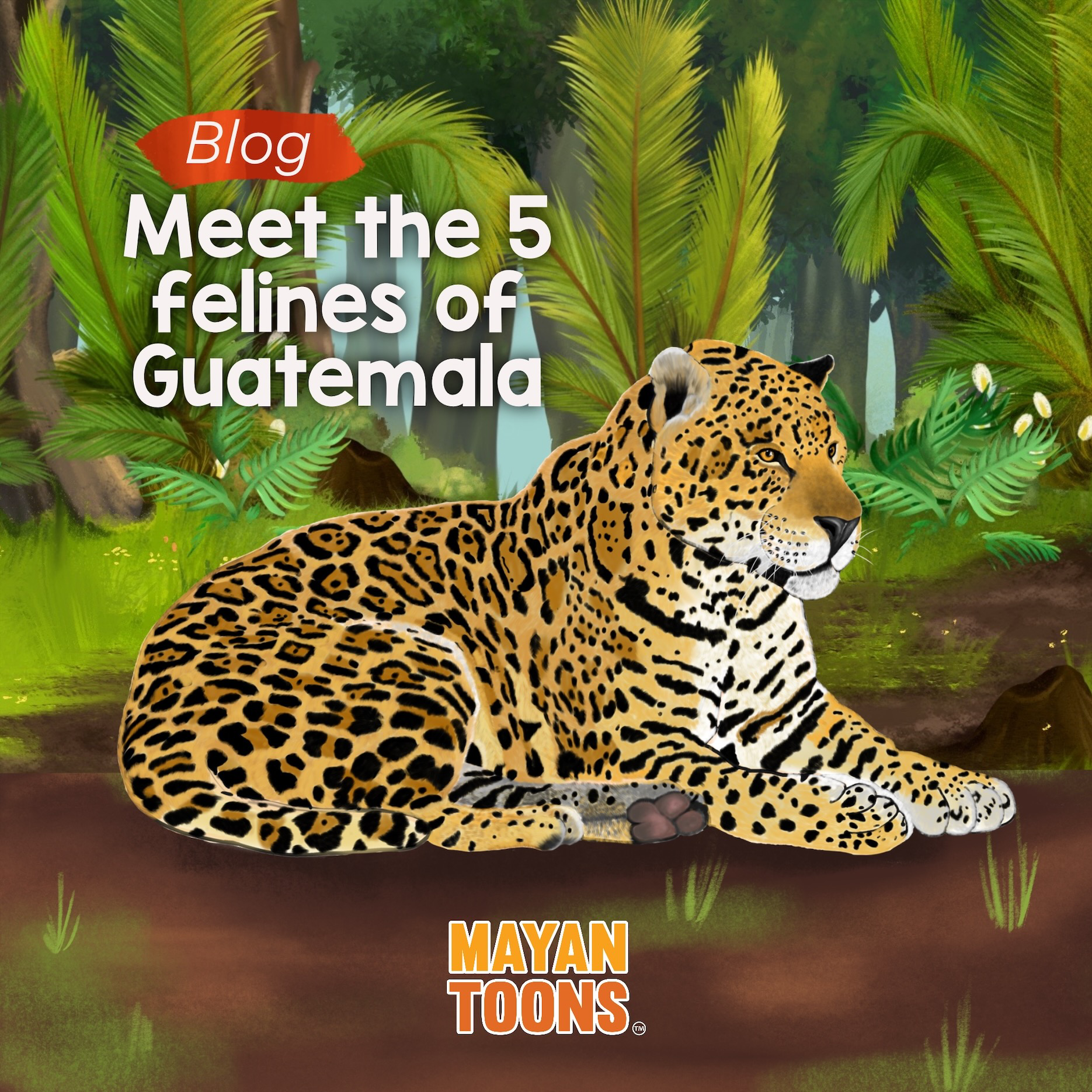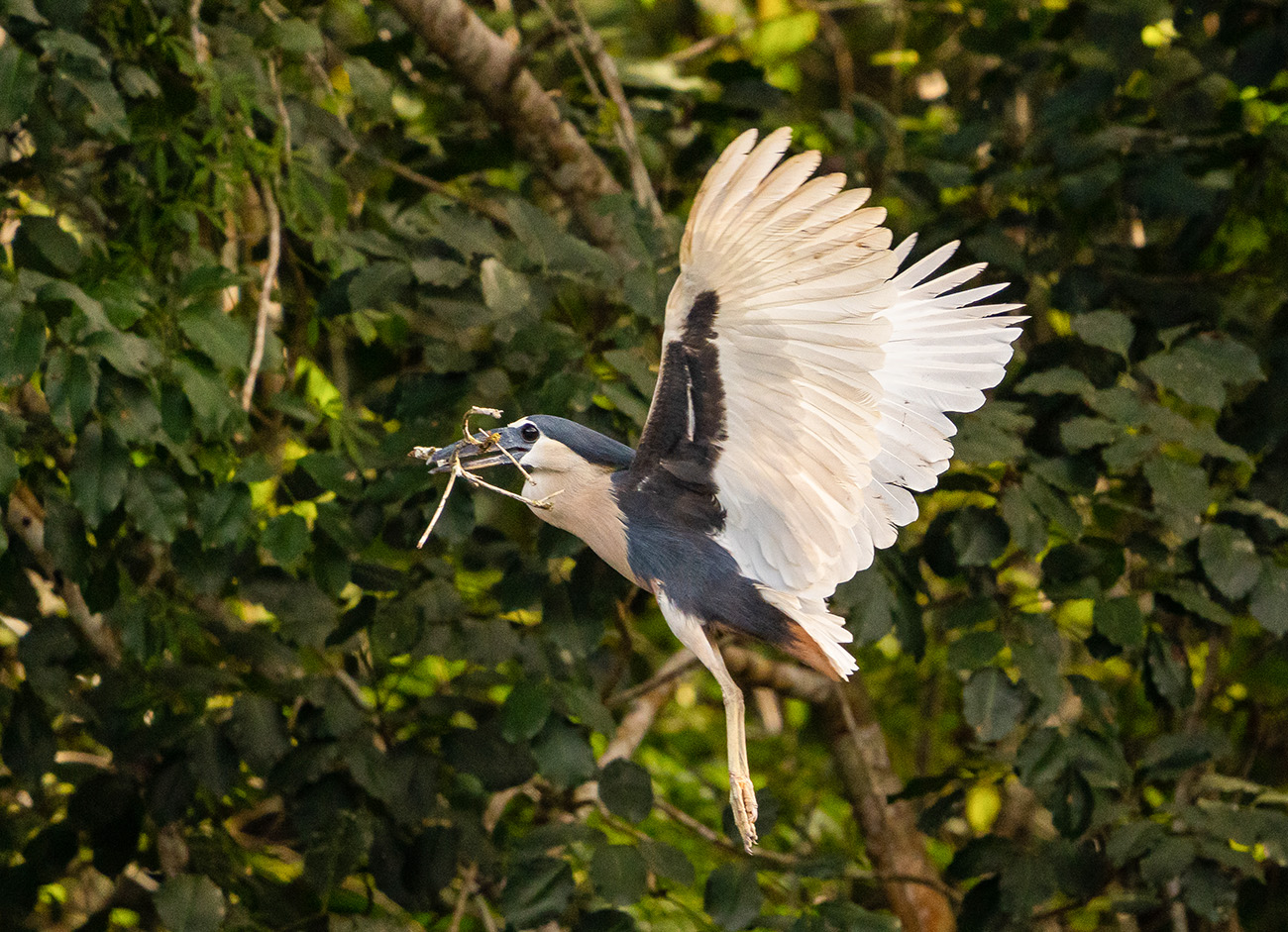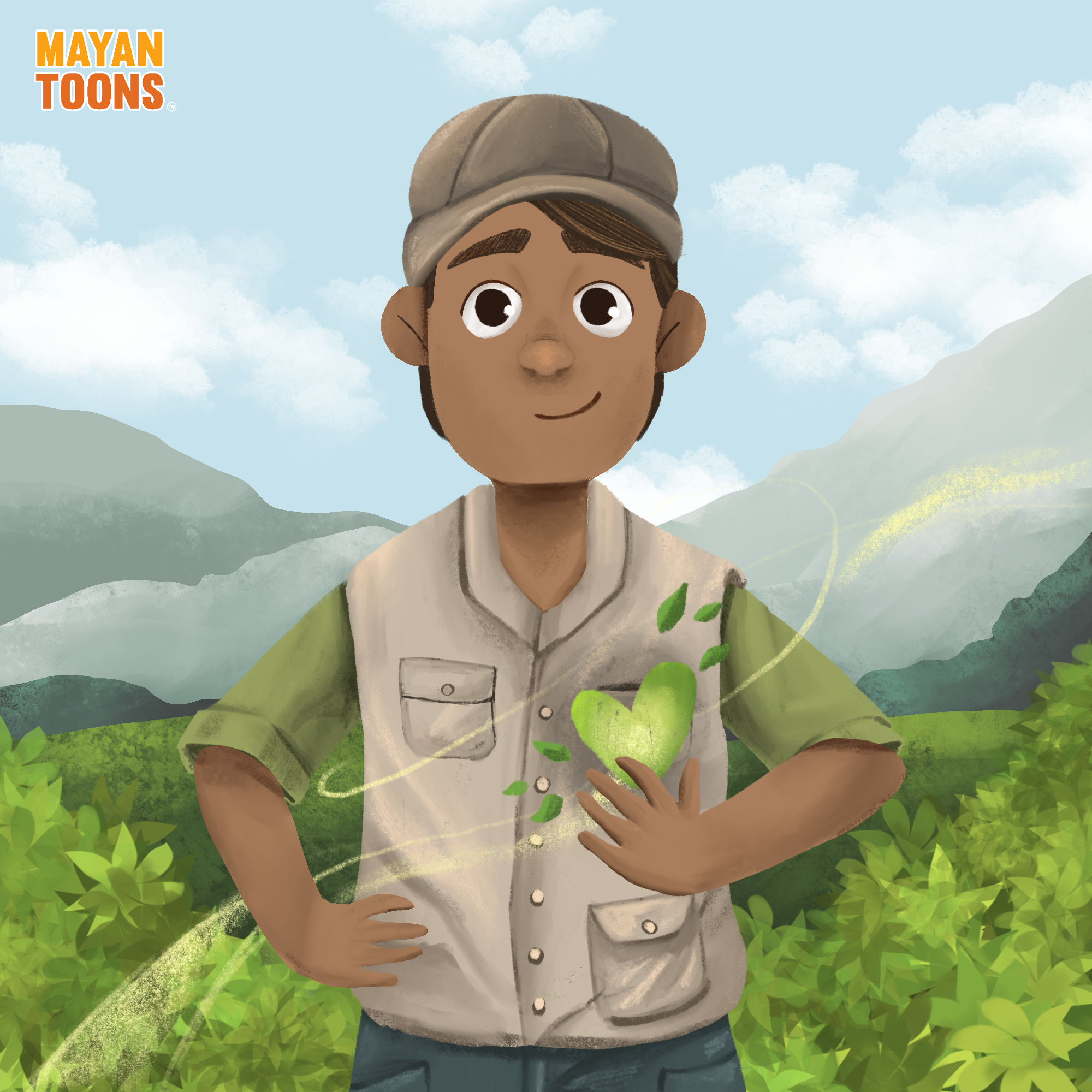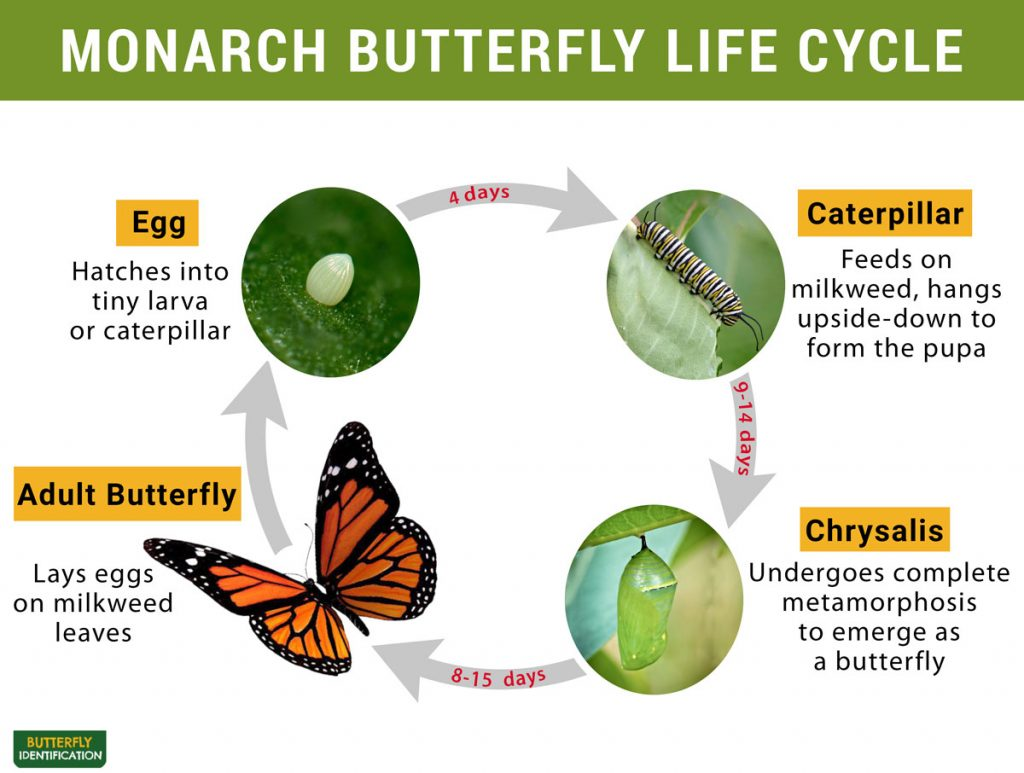Mayan uo frog or toad, Mexican burrowing toad, Rhinophrynus dorsalis
Water-related Mayan comic book Characters
My 1985 PhD dissertation was on water-related Mayan animals, deities, and cosmology. Eight years research on Mayan underwater-world iconography went into preparation of this dissertation and the coffee table book which resulted (ADEVA, Graz, Austria, 1987). So in addition to tree top animals, our world of Mayan animal comic book characters will include water-related species.
During the recent six years, our teams have been exploring rivers, lakes, tinto swamps, and mangrove swamps. Ironically the frog-like creature we introduce on this page does not live on the shore, it lives totally underground. However to breed and raise the young, this takes place in temporary surface ponds created by monsoon rain. But these “frogs” disappear underground as soon as they have finished mating. They stay totally underground the next entire year until the rainy season floats them to the surface for another marathon night of mating behavior.
You can expect to find this uo toad in parts of Yucatan, Campeche, Quintana Roo, Tabasco, lowland parts of Chiapas, Belize, El Peten, and the Costa Sur area of Guatemala. I would also expect it in Izabal and some low elevation parts of Alta Verapaz. However our Q’eqchi’ team from higher elevations in Alta Verapaz do not have personal experience with the uo toad near their homes.
Because most of the forests have been bulldozed to create modern commercial plantations for African palm oil, teak, Brazilian rubber, or been burnt over for cattle ranches, most of the original habitat has been destroyed.
Toad or Frog? Rhinophrynus dorsalis?
If you look at a dozen web sites, some call this a Uo frog; others say it is a toad. Actually this primitive “prehistoric” creature is distinct from both. So calling it a toad, or frog, is accepted by the public, but zoologists will use other jargon.
In Spanish it is called a sapo uo.
Some scientific books show several spellings: Rhinophrynus and Rhynophrymis dorsalis (Gunther 1858) others write Rhynophrynus dorsalis. The most common is Rhinophrynus dorsalis.
One aspect of experience is missing… I never ate a uo frog
Baer and Merrifield (1971:239) and Campbell (1998:47) both indicate that the uo is eaten by the Maya. As a teen I enjoyed eating frog legs at our farm in the Ozark Mountains of Missouri, but I have not yet eaten “uo legs” (in part because they are not much bigger than a tiny toothpick!).
My initial experience with the Uo frog in 1965, at Tikal
As an archaeologist one of our jobs is to dig, especially to seek the foundations of the collapsed pyramids and temples (built circa AD750 and collapsed by about AD900). As we excavate we find snakes, centipedes, millipedes, scorpions, tarantulas, and frogs or toads. One species of Peten Mayan area frog spends most of its life underground.
Underground we also find bees (yes, in Guatemala some species of meliponia bees have their hives underground).
I was put in charge of excavating the back (north side) and also the west side of the North Acropolis at Tikal. I was told to excavate it from the lowest point all the way to the top. At the north side this meant excavating all the way down in the reservoir (yes, the Classic Maya had dams and a water storage system). Although Tikal looks wet much of the year there are actually several months with no rain at all. Everything dries up. No rivers; no lakes to provide water for the 50,000+ inhabitations. So the Maya had to catch all the rainwater in the rainy season and store it in reservoirs to hope to provide the city with water at the height of the dry season.
Over the many months of excavation a lot of toads (and snakes and every other kind of bizarre jungle creature) was found in their underground burrows, snake-sized tunnels, and chambers. So over time I learned about the species of frog or toad that kept turning up.
These toads were remarkable: they had no formal neck. Although photos on the Internet show legs and arms, actually they were just a blob of Jell-O. No eyes sticking out. Just a blob.
My team consisted of Peteneros: some were former chicleros; others worked their milpa for generations (before being hired by the Tikal Park and/or by the University of Pennsylvania project). So my co-workers were very helpful in facilitating me to learn about local Peten flora and fauna. 12 months of such instruction provided me an education that I did not receive in my previous three years at Harvard (this was a University of Pennsylvania archaeology museum project, but I was a student at Harvard, taking a year off, which was the tradition in the 1960’s).
One night the Uo toads came out to sing
When the rainy season arrives, day after day it begins to rain. This rain hits after months and months of dry hot weather (often with no rain whatsoever). The sudden advent of the monsoon season changes the entire forest: everything turns from previous dead brown to bright green. And, all the creatures that had been hiding underground (to escape the heat and to hibernate due to lack of water) began to wake up.
After the advent of the rainy season has really arrived, and it has rained for many days, the ground is soaked. This rainwater wakes up the countless uo toads who are waiting underground.
Somehow, aided by DNA or instinct or whatever, all the uos “float to the surface.” Hundreds of uo males come up to the surface to contend for females. Hundreds of females come to the surface to look for a mate. Just like mayflies; just like Zompopos de Mayo: when zillions of male insects fly up to find their eternal love. Just like fireflies who turn their sex signals off and on to attract a mate. On one single solitary night, all the Uo toads come out to play.
As is common with many male creatures, the uos sing to attract a female. But we always used to joke that the intonation of the uo male was from having successfully paired, a call of happiness and success!
Actually, the male uos make so much noise that you have to forget about sleeping this night. Every square inch of the muddy ground around your hut is filled with uos struggling with each other to find their one true love. You can’t walk at all, because the ground is littered with “Siamese twins” (one uo attached to another uo).
The next day you wake up late (since not much sleep the night before). Now you are curious to go outside.
What you see is a sight that I still remember today, 50 years later: the ground is covered with exhausted male uos. Some are upside down with their legs up in the air, so weak they can’t turn over.
There are vultures everywhere, avidly devouring fresh uos (they are not even dead, they are simply exhausted by 10 hours of singing, and umpteen hours of exercise with the lady uos). You need a rake to clear a path so you can even hike to the latrine.
“Night of the Uos” is absolutely remarkable
Today you can surely watch this on TV, sitting comfortably as a couch potato. But to experience the Night of the Uos in-person, is something that today in 2015 I still remember from 1965, half a century later.
This kind of experience is why we at FLAAR can prepare for the world, cartoon characters in a Maya seasonal rain forest environment which are both authentic and also unparalleled in entertainment value.
Uo toads in Classic Maya art
Most of the toads pictured in Maya art are Bufo marinus (or the similar Bufo valliceps). Bufo marinus type toad creatures are commonly pictured especially at pre-Classic Izapa (coastal Chiapas, Mexico, near Tapachula, just before the border with Guatemala), and on Late Classic Codex Style pottery (Peten-Campeche border area).
But a few carved shells from Central Lowland Mayan archaeological sites, may intend to show Uo toads. However sculptures and figurines and any rendition of Uo toads are not common.
Toads, of uncertain species, are also found pictured in the Los Sapos rock sculptures, near Copan Ruinas, Honduras.
